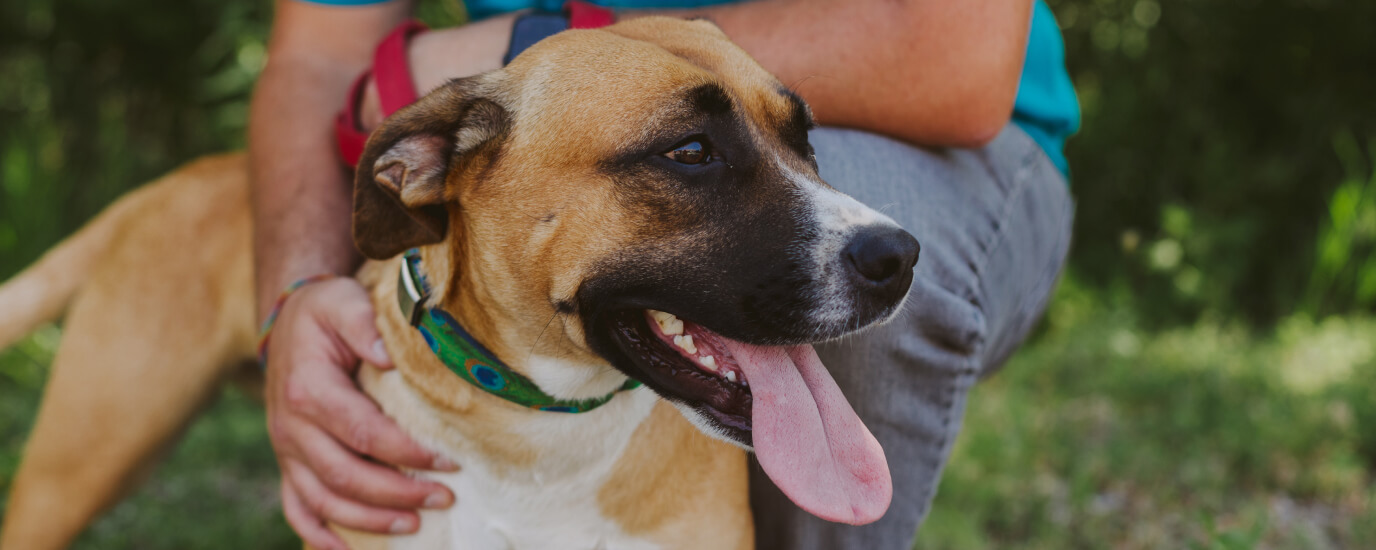Trout Fishing in Colorado: A Guide to 5 Spectacular Species
Colorado’s pristine rivers, lakes, and streams offer anglers an unparalleled opportunity to catch a variety of trout species. With over 320 miles of Gold Medal waters, the state is a paradise for trout enthusiasts.
This designation, awarded by Colorado Parks and Wildlife, indicates waters that can produce 60 pounds of trout per acre and at least 12 trout measuring 14 inches or larger per acre. Whether you’re a seasoned angler or a novice looking to cast your first line, Colorado’s diverse trout population and Fly Fishing Outfitters promise an exciting fishing experience.

Introduction to Colorado’s Trout Species
Colorado’s waters are home to several trout species, each with its unique characteristics and challenges for anglers. From native cutthroats to introduced rainbows, the state offers a rich variety of trout fishing opportunities. In this guide, we’ll explore five spectacular trout species you can catch in Colorado, their identifying features, preferred habitats, and tips for landing them.
1. Cutthroat Trout: Colorado’s Native Gem
Identification and Subspecies
The cutthroat trout, Colorado’s state fish, is renowned for its distinctive red or orange slash under the lower jaw. Colorado is home to three native subspecies:
- Greenback Cutthroat
- Rio Grande Cutthroat
- Colorado River Cutthroat
Each subspecies has slight variations in coloration and spotting patterns, but all share the characteristic “cut” mark.
Habitat and Fishing Tips
Cutthroat trout thrive in cold, clear mountain streams and high-altitude lakes. They are often found in headwaters and remote backcountry locations. When fishing for cutthroats, use light tackle and approach cautiously, as they can be easily spooked. Dry flies and small nymphs are particularly effective, especially during summer months when insect hatches are abundant.
2. Rainbow Trout: The Colorful Fighter
Identification
Rainbow trout are easily recognized by their distinctive pink to red lateral stripe running from gill to tail. Their bodies are covered in small, dark spots, and they often display a silvery sheen.
Habitat and Fishing Techniques
Rainbows are adaptable and can be found in various water types, from small streams to large rivers and lakes. They are known for their acrobatic fights when hooked, making them a favorite among anglers. Effective techniques include dry fly fishing, nymphing, and streamer fishing. In larger waters, trolling can also be productive.
3. Brown Trout: The Wily Predator
Identification
Brown trout are characterized by their golden-brown coloration with black and often red spots surrounded by pale halos. They typically have a more robust build compared to other trout species.
Behavior and Fishing Strategies
Introduced to Colorado in the late 19th century, brown trout have established themselves as a formidable predator in many waters. They are known for their wariness and tendency to feed actively during low light conditions. Large streamers and night fishing can be particularly effective for targeting trophy browns. Focus on undercut banks, deep pools, and structures where they often lurk.
4. Brook Trout: The Beautiful Char
Identification
Although called a trout, the brook trout is actually a member of the char family. They are easily identified by their dark green to brown backs with distinctive light worm-like markings, and red spots surrounded by blue halos on their sides. Their fins often have white leading edges, creating a striking appearance.
Habitat and Fishing Approach
Brook trout thrive in cold, clean waters and are often found in high mountain streams and lakes. They are known for their willingness to take flies, making them an excellent target for beginners. Small dry flies, nymphs, and terrestrial patterns work well. In alpine lakes, try casting near inlet streams or along shorelines during insect hatches.
5. Lake Trout: The Deep-Water Giant
Identification
Lake trout, also known as mackinaw, are the largest trout species in Colorado. They have dark gray to greenish bodies with light spots and deeply forked tails. Trophy specimens can exceed 30 pounds.
Fishing Techniques and Locations
Lake trout inhabit deep, cold lakes such as Blue Mesa Reservoir, Twin Lakes, and Turquoise Lake. They often stay in deeper waters, especially during summer months. Trolling with large lures or bait at depths of 30 to 100 feet can be effective. Ice fishing is also popular for targeting lake trout during winter months.
Conservation and Ethical Angling
As you pursue these magnificent trout species, it’s crucial to practice responsible angling. Always check local regulations regarding catch limits, size restrictions, and fishing methods. Consider catch-and-release practices, especially for native cutthroat populations. Use barbless hooks to minimize damage to fish, and handle them gently if you need to remove the hook.
Final Thoughts
Colorado’s diverse trout population offers something for every angler, from the challenge of stalking wary brown trout to the thrill of battling a lake trout in deep waters. Each species presents unique opportunities to hone your skills and appreciate the beauty of these fish in their natural habitats.
Whether you’re casting a line in a high mountain stream or trolling the depths of a reservoir, remember that the experience of fishing in Colorado’s stunning landscapes is as rewarding as the catch itself. By understanding the characteristics and behaviors of these five trout species, you’ll be well-equipped to make the most of your Colorado fishing adventure. So grab your rod, tie on a fly, and immerse yourself in the world-class trout fishing that Colorado has to offer.
:strip_icc()/what-is-ehrlichiosis-in-dogs-3385125_FINAL-8767a347ad494bf49154ccca1a771c55.jpg)
